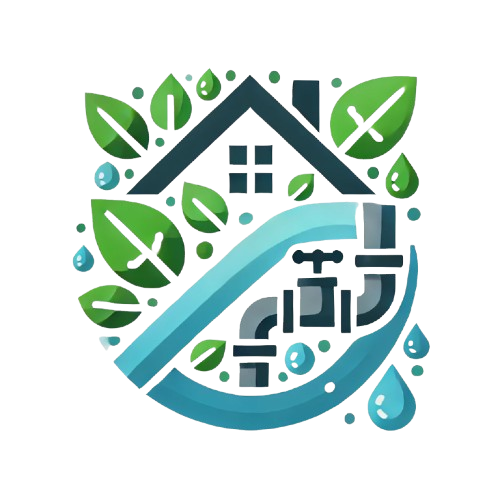Sustainable Roofing Practices and Regulations in Canada
Roofing is one of the most important aspects of any building. It not only protects the structure from the elements but also plays a critical role in energy efficiency and environmental sustainability. In Canada, sustainable roofing practices are increasingly emphasized through both federal and provincial environmental regulations. These regulations are designed to ensure that new roofs, as well as replacements and repairs, meet modern environmental standards. This article will explore the key sustainable roofing practices in Canada and the regulations that guide them.
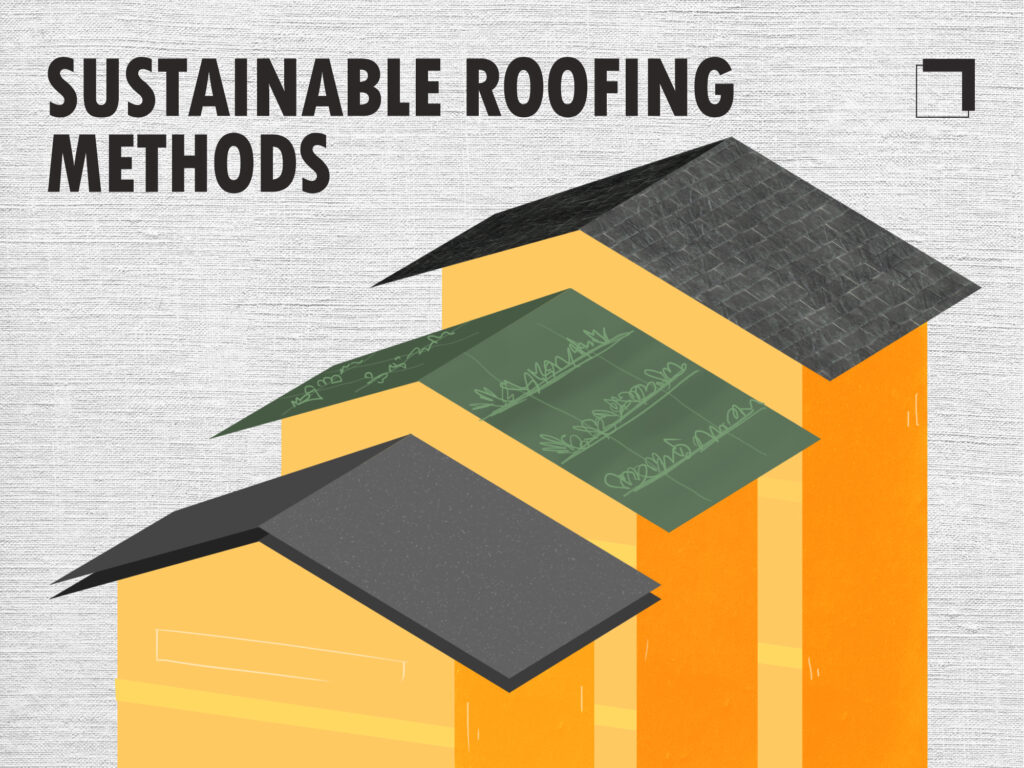
Why Sustainable Roofing Matters
Sustainable roofing goes beyond aesthetics or basic protection—it addresses the environmental impact of the materials used, the roof’s energy efficiency, and the roof’s ability to manage water and heat. Sustainable roofs reduce carbon emissions, lower energy costs, and contribute to a healthier environment. They also help buildings better withstand extreme weather conditions, which is crucial in Canada’s varying climate zones.
Key Sustainable Roofing Practices
1. Energy-Efficient Roofing Materials
Energy-efficient roofing materials are designed to reflect more sunlight and absorb less heat, a feature known as cool roofing. This reduces the amount of energy required to cool a building during the warmer months, which is particularly important in urban areas prone to the heat island effect. In Canada, common energy-efficient materials include:
- Metal roofing: Durable, reflective, and often made from recycled materials, metal roofs are a popular energy-efficient option.
- Cool shingles: Asphalt shingles coated with reflective materials that deflect more sunlight, reducing heat absorption.
- Clay and concrete tiles: These materials are natural insulators and work well in areas that experience both hot summers and cold winters.
Many provincial building codes, such as those in Ontario and British Columbia, are starting to emphasize the use of these materials to meet energy efficiency targets.
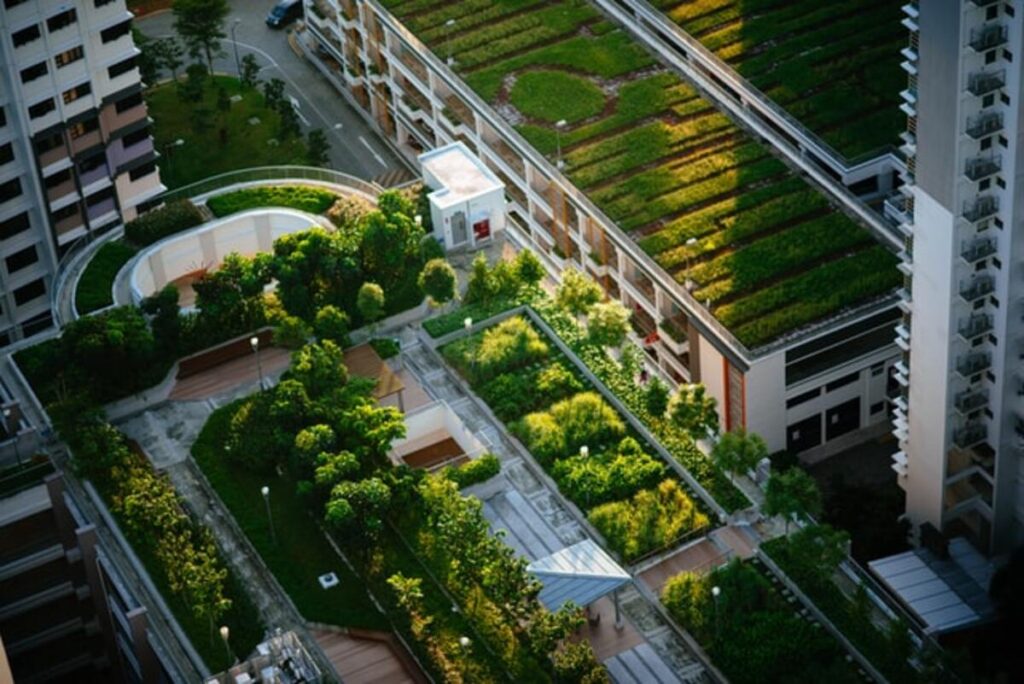
2. Green Roofs
Green roofs, also known as living roofs, consist of a layer of vegetation planted over a waterproof membrane. They are gaining popularity in Canadian cities due to their ability to absorb rainwater, reduce heat absorption, and improve air quality. Green roofs help mitigate the urban heat island effect and provide insulation, reducing the need for heating and cooling.
Canadian municipalities, particularly in cities like Toronto and Vancouver, have implemented regulations that incentivize or even mandate green roofs for certain types of buildings. For instance, Toronto’s Green Roof Bylaw requires new buildings with a minimum gross floor area to include green roofing.
3. Recycled and Sustainable Materials
The use of recycled and sustainable materials in roofing reduces the demand for new raw materials and minimizes the waste generated during construction. In Canada, regulations encourage the use of materials such as:
- Recycled metal roofing: Metal roofing materials can be made from recycled steel or aluminum, reducing the need for virgin materials.
- Reclaimed wood or slate: These materials can be reused in roofing, especially for heritage or specialty projects.
The Canada Green Building Council and provincial green building programs promote the use of recycled materials in new construction and renovations, encouraging builders to source roofing products that meet sustainability standards.

4. Roof Insulation and Heat Retention
Proper insulation is essential for ensuring a roof’s energy efficiency. Insulation helps maintain comfortable indoor temperatures by reducing heat loss in the winter and preventing heat gain in the summer. In Canada, federal regulations through the National Energy Code for Buildings (NECB) set minimum standards for roof insulation.
The most commonly used sustainable insulation materials include:
- Spray foam insulation: Provides excellent thermal resistance and can be applied directly to the underside of the roof deck.
- Rigid foam insulation: Often used in flat roofs, it provides a high R-value, ensuring minimal heat transfer.
- Natural fiber insulation: Materials like cellulose, made from recycled paper, or wool offer an eco-friendly insulation option.
By improving insulation during a roof replacement or repair, property owners can significantly reduce their heating and cooling costs, in line with federal energy efficiency goals.
5. Water Management and Drainage Solutions
Proper water management is critical to extending the lifespan of a roof and preventing environmental damage. Sustainable roofing systems incorporate drainage features that direct rainwater away from the building in an eco-friendly manner. Some practices include:
- Rainwater harvesting systems: Collecting rainwater for reuse in landscaping or non-potable applications.
- Permeable roofing systems: These allow water to pass through the surface, reducing stormwater runoff and the risk of flooding.
Water management is especially important in Canadian regions that experience heavy snowfall and rainfall. Provinces like British Columbia and Ontario have specific guidelines for rainwater management in new roofing projects.
Environmental Regulations Governing Roofing in Canada
Canada’s environmental regulations governing roofing projects focus on reducing the environmental footprint of construction activities and ensuring compliance with energy and waste management standards. Here are some of the key regulations that apply to roofing projects:
1. National Building Code of Canada (NBC)
The NBC is a model code that provinces and territories adopt and modify to suit regional needs. The code includes regulations for roofing materials, energy efficiency, and weatherproofing. In particular, the NBC emphasizes energy efficiency through improved insulation standards, material requirements, and proper ventilation.
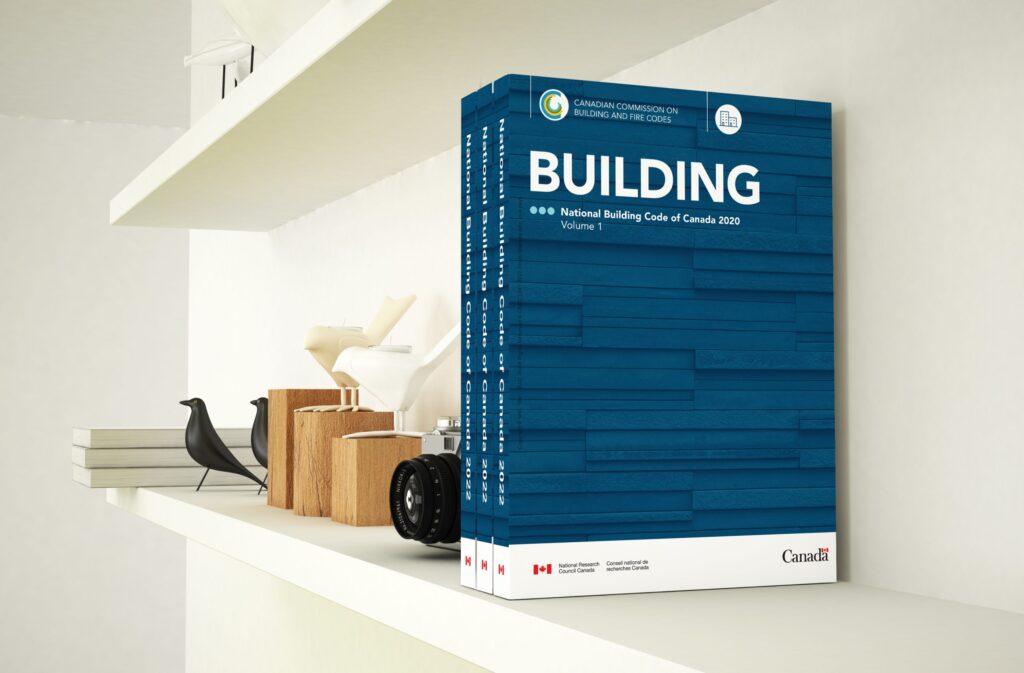
2. National Energy Code for Buildings (NECB)
The NECB sets out requirements for energy efficiency in buildings, including roofs. It addresses the insulation of roof assemblies, air leakage control, and the use of reflective roofing materials. Compliance with the NECB ensures that new and renovated buildings meet Canada’s energy performance standards.
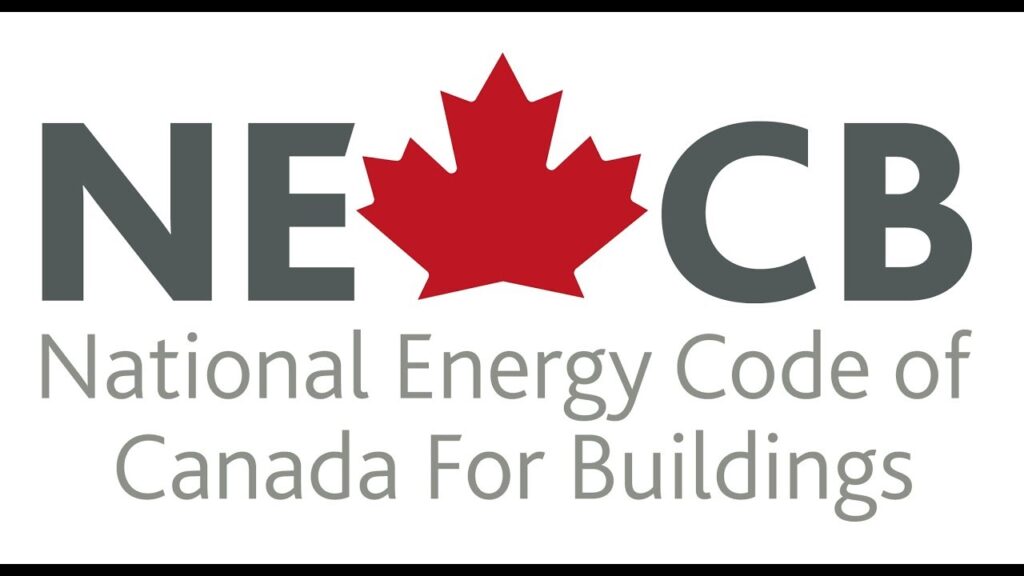
3. Provincial and Municipal Green Building Regulations
Many provinces and municipalities in Canada have their own green building regulations that impact roofing. For instance:
- Ontario’s Building Code includes provisions for energy efficiency and sustainable materials in roofing.
- Vancouver’s Green Buildings Policy requires high-performance roofing materials and the integration of green roofs in certain building types.
- Toronto’s Green Roof Bylaw mandates green roofs on new commercial, institutional, and residential developments.
These regional regulations work alongside federal standards to push the roofing industry toward more sustainable practices.
4. Environmental Protection and Waste Management Laws
When removing old roofing materials, contractors must adhere to strict waste management regulations. Many provinces require construction companies to recycle a portion of the materials removed during a roofing project, reducing the burden on landfills. Additionally, hazardous materials like asbestos, which are often found in older roofs, must be handled and disposed of according to environmental protection laws, such as the Canadian Environmental Protection Act (CEPA).
Incentives for Sustainable Roofing Practices
To encourage the adoption of sustainable roofing practices, the Canadian government and provincial authorities offer a range of financial incentives, including tax credits, rebates, and grants. Programs such as the Greener Homes Grant provide financial support for energy-efficient roof upgrades, including insulation improvements and the installation of cool roofs.
Municipalities may also offer incentives for installing green roofs or other eco-friendly roofing systems. These incentives help reduce the upfront cost of adopting sustainable roofing materials and practices, making it easier for homeowners and businesses to make environmentally responsible choices.
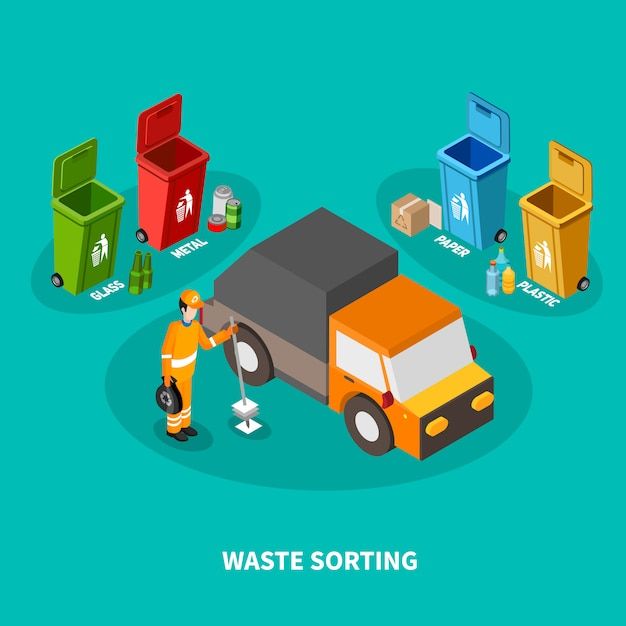
Conclusion
Sustainable roofing practices and regulations are becoming increasingly important in Canada as the country strives to meet its environmental and energy efficiency goals. From energy-efficient materials to green roofs and proper waste management, modern roofing practices can significantly reduce a building’s environmental impact while also providing long-term cost savings. Compliance with Canadian environmental regulations is essential for ensuring that roofing projects contribute to a sustainable future, and various incentives are available to encourage the adoption of these eco-friendly practices.
